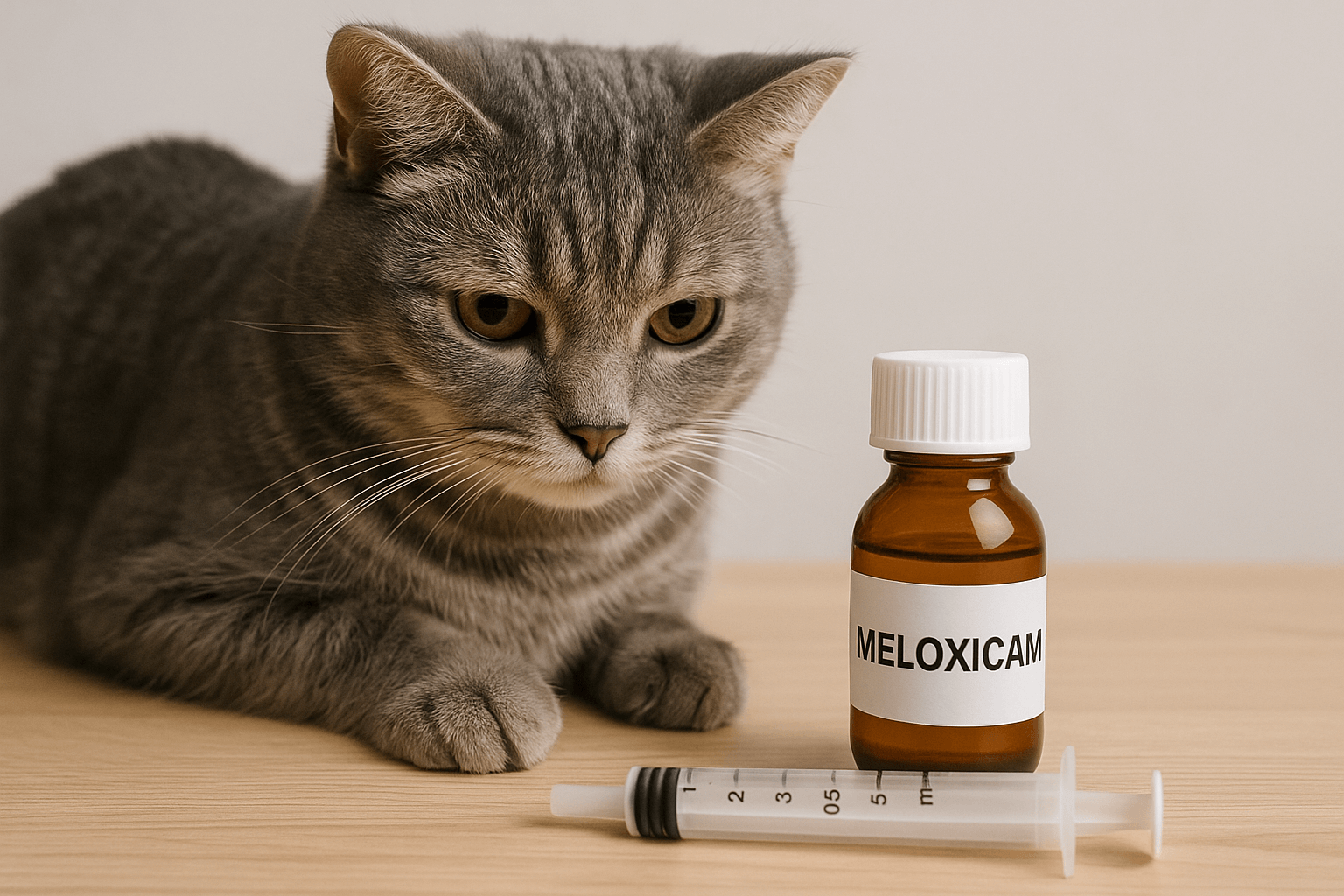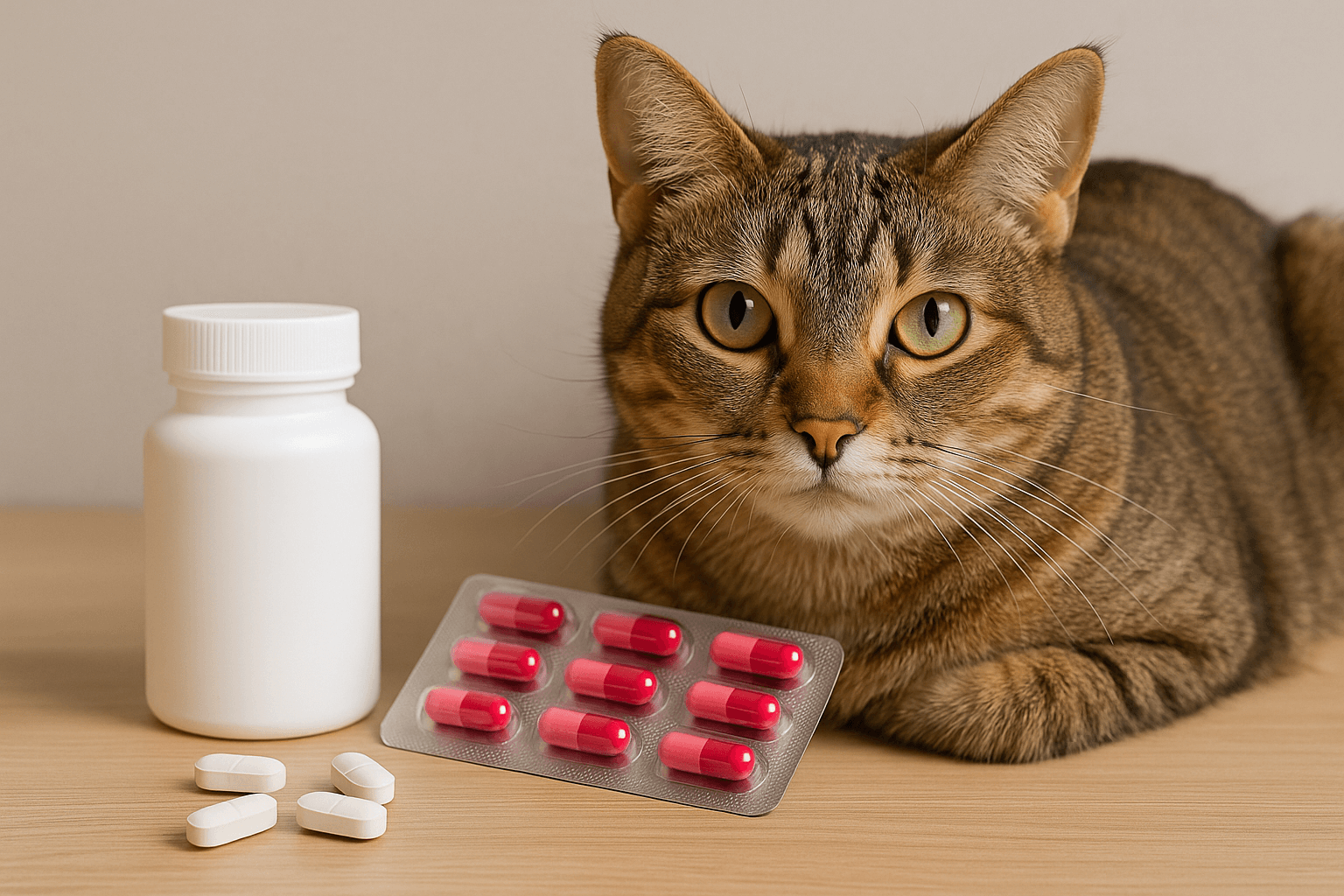What Happens When a Dogs Abscess Bursts? A Guide for Pet Owners
As dog owners, we strive to keep our furry companions healthy and happy. However, unexpected health issues like abscesses can arise, causing concern and confusion. An abscess is a pocket of pus that forms in response to an infection, often caused by bacteria entering the body through wounds, bites, or foreign objects. If left untreated, an abscess can burst, leading to potential complications. Understanding what happens when a dog’s abscess bursts, how to care for your pet, and when to seek veterinary help is crucial for ensuring their recovery. In this blog post, we’ll explore everything you need to know about managing this condition and supporting your dog through the healing process.
What Is a Dog Abscess and Why Does It Burst?
A dog abscess is a localized collection of pus caused by an infection, often resulting from bacteria entering the skin or tissue. When the pressure inside the abscess builds up, it may rupture, releasing pus and fluid. Here’s what you need to know about why abscesses form and burst:
Infection Source: Abscesses are typically caused by bacteria entering through bites, scratches, or puncture wounds.
Immune Response: The body attempts to isolate the infection by forming a capsule around it, which fills with pus over time.
Pressure Build-Up: As the abscess grows, the pressure increases until the outer layer ruptures, releasing its contents.
Common Locations: Abscesses often occur on the skin, but they can also develop internally, such as in the mouth, throat, or abdomen.
Risk of Complications: A burst abscess can lead to secondary infections if not properly cleaned and treated.
Understanding these factors helps explain why prompt veterinary care is essential to prevent further complications and ensure your dog’s recovery.
Signs Your Dog May Have an Abscess
Recognizing the symptoms of an abscess early can help you address the issue before it worsens. Here are some common signs that your dog may have an abscess:
Swelling or a lump under the skin, often warm to the touch and painful for your dog.
Redness and inflammation around the affected area, indicating infection.
Lethargy or reluctance to move, as the infection can cause discomfort or pain.
Loss of appetite or difficulty eating, especially if the abscess is near the mouth or throat.
Pus or discharge, which may be foul-smelling, particularly if the abscess has already burst.
If you notice any of these symptoms, it’s important to consult your veterinarian as soon as possible. Early intervention can prevent complications and promote faster healing.
Check this guide 👉How to Treat an Abscess on a Dog at Home: Best 7 Tips!
Check this guide 👉Dog Tooth Abscesses: Best 7 Expert Tips!

Symptoms of a Dog Abscess | Steps to Take If It Bursts |
|---|---|
Swelling or lump under the skin | Clean the area gently with warm water |
Redness and inflammation | Avoid using harsh chemicals or irritants |
Lethargy or pain | Apply a clean, sterile bandage to the area |
Foul-smelling discharge | Contact your veterinarian immediately |
Loss of appetite or difficulty eating | Monitor for signs of worsening infection |
How to Care for a Burst Abscess at Home
While professional veterinary care is essential, there are steps you can take at home to support your dog’s healing process after an abscess bursts. Here’s what you should do:
Clean the Area Gently: Use warm water or a saline solution to rinse away pus and debris without irritating the wound further.
Apply a Sterile Bandage: Cover the area with a clean, non-stick bandage to protect it from dirt and bacteria.
Prevent Licking or Chewing: Use an Elizabethan collar (cone) to stop your dog from aggravating the wound.
Monitor for Signs of Infection: Watch for increased redness, swelling, or discharge, which could indicate a worsening infection.
Keep the Area Dry: Avoid exposing the wound to moisture, such as during baths or outdoor activities, to promote faster healing.
These steps can help manage the situation temporarily, but always follow up with your veterinarian for proper treatment and antibiotics if needed.
When to Seek Veterinary Help for a Dog Abscess
Not all abscesses can be managed at home, and some require immediate veterinary attention. Knowing when to seek professional care is critical for your dog’s health. Here are situations where you should contact your vet:
The abscess is large, deep, or located in a sensitive area like the face, throat, or abdomen.
Your dog shows signs of systemic illness, such as fever, lethargy, or loss of appetite.
The wound continues to ooze pus or blood despite cleaning and bandaging.
Your dog seems to be in severe pain or discomfort, even after the abscess has burst.
The abscess recurs frequently, indicating an underlying health issue or chronic infection.
Prompt veterinary care ensures that your dog receives the necessary treatment, such as antibiotics, drainage, or surgical intervention, to prevent complications.
How to Reduce the Risk of Abscesses in Your Dog
Prevention is always better than dealing with an abscess after it forms. By taking proactive steps, you can significantly reduce the likelihood of your dog developing this painful condition. Here are some practical tips to help prevent abscesses:
Inspect for Wounds Regularly: Check your dog’s skin and coat frequently for cuts, bites, or scratches that could become infected.
Keep Nails Trimmed: Long nails can cause accidental scratches or puncture wounds, increasing the risk of infection.
Avoid Rough Play with Unknown Dogs: Bites and scratches from other dogs are a common cause of abscesses.
Clean Minor Injuries Promptly: Wash small cuts or abrasions with mild soap and water to prevent bacteria from entering.
Maintain Good Oral Hygiene: Dental infections can lead to abscesses in the mouth, so brush your dog’s teeth regularly.
By following these preventive measures, you can minimize the chances of your dog developing an abscess and ensure their overall health and well-being.
Why Comfort Matters During Recovery
Recovering from an abscess can be uncomfortable and stressful for your dog. Providing emotional support is just as important as addressing their physical needs. Here are ways to nurture your dog’s emotional well-being during this time:
Offer Gentle Affection: Spend extra time petting or cuddling your dog to reassure them and strengthen your bond.
Create a Calm Environment: Minimize noise and disruptions to help your dog feel safe and relaxed while healing.
Use Positive Reinforcement: Reward your dog with treats or praise when they behave calmly or allow you to care for their wound.
Limit Physical Activity: Restrict strenuous exercise to prevent further irritation of the abscess site.
Monitor Behavioral Changes: Watch for signs of anxiety or depression, which may indicate your dog is in pain or discomfort.
Emotional support helps your dog cope with the stress of recovery, making the healing process smoother and more comfortable for them.
Nutritional Tips to Boost Your Dog’s Recovery
A nutritious diet plays a crucial role in helping your dog recover from an abscess or any infection. Certain foods can support the immune system and promote faster healing. Here are some dietary considerations:
High-Quality Protein: Provides essential amino acids needed for tissue repair and recovery.
Omega-3 Fatty Acids: Found in fish oil, these reduce inflammation and support skin health.
Vitamin C-Rich Foods: Such as blueberries or bell peppers, which boost the immune system and aid healing.
Hydration: Ensure your dog drinks plenty of water to flush out toxins and support overall health.
Probiotics: Help maintain a healthy gut microbiome, which is vital for immune function and recovery.
A balanced diet rich in these nutrients not only supports healing but also improves your dog’s overall resilience. Always consult your veterinarian before making significant dietary changes.
Frequently Asked Questions About Dog Abscesses
What causes a dog abscess to form?
Abscesses are typically caused by bacterial infections entering through wounds, bites, or foreign objects.
Can a dog abscess heal on its own?
While some minor abscesses may drain and heal with proper care, most require veterinary treatment to prevent complications.
How long does it take for a dog abscess to heal?
Healing time varies depending on the severity of the abscess, but it can take anywhere from a few days to several weeks.
Is it safe to pop a dog abscess at home?
No, attempting to pop or drain an abscess yourself can lead to further infection or injury. Always consult a vet.
What should I do if my dog’s abscess bursts?
Clean the area gently, apply a sterile bandage, and contact your veterinarian for further guidance.
Final Thoughts: Supporting Your Dog Through Recovery
Dealing with a burst abscess can be stressful for both you and your dog, but understanding the condition and taking the right steps can make all the difference. By recognizing the signs early, providing proper care at home, and seeking veterinary help when needed, you can ensure your dog heals quickly and comfortably. Remember, your vigilance and dedication play a vital role in your dog’s recovery. With love, patience, and professional guidance, your furry friend will soon be back to their playful, happy self.
Cat Fever Treatment: Best 7 Expert Tips! Discover expert advice on identifying, managing, and treating fever in cats to ensure their quick recovery and well-being.
Understanding Meloxicam for Cats: Best 7 Expert Tips! Learn how to safely administer meloxicam, manage side effects, and ensure your cat's comfort with expert advice on feline pain relief.
Amoxicillin for Cat UTI: Best 7 Expert Tips! Discover safe usage, dosage guidelines, and expert advice on treating feline urinary tract infections effectively with amoxicillin.
Understanding Cat Cancer Treatment: Best 7 Expert Tips! Discover expert advice on managing feline cancer, from early detection to treatment options, ensuring your cat’s health and comfort.





